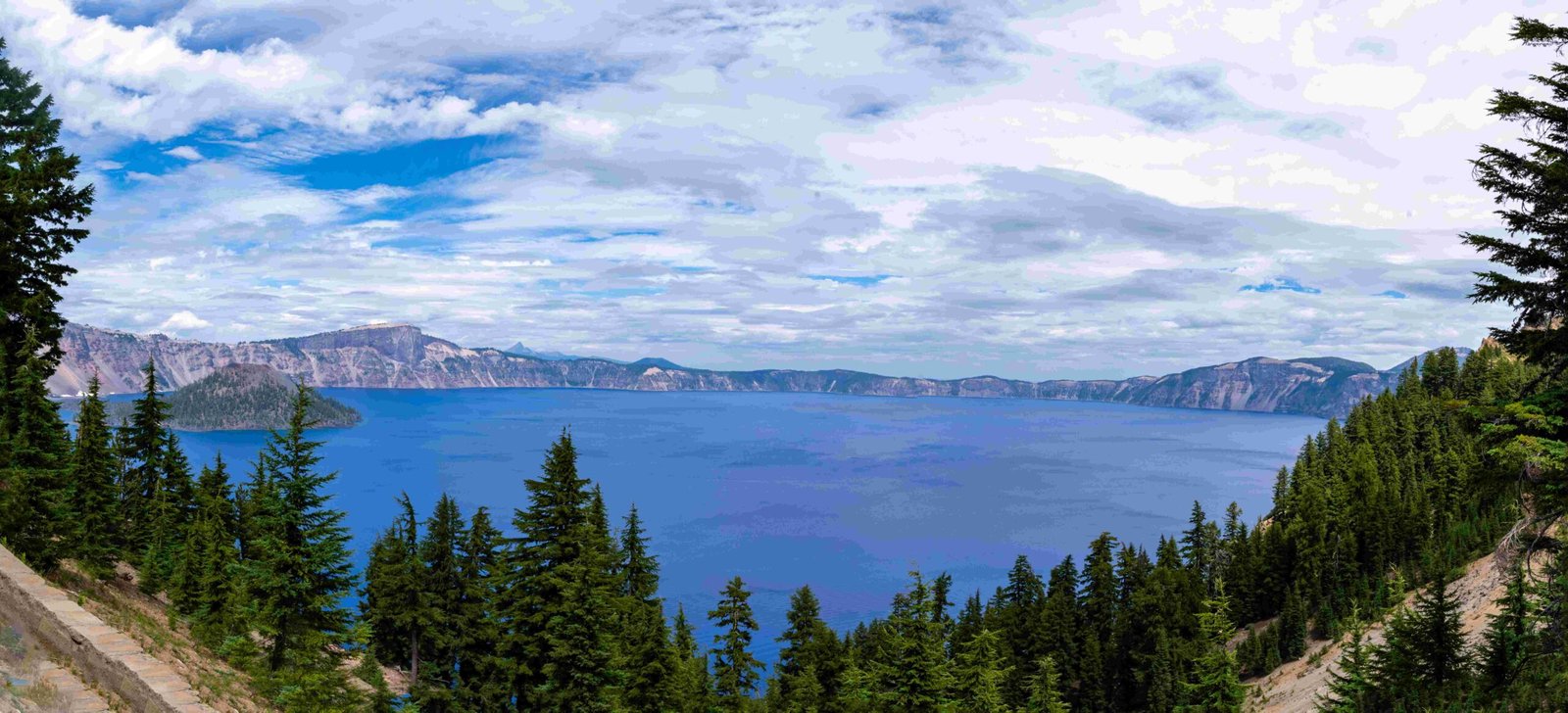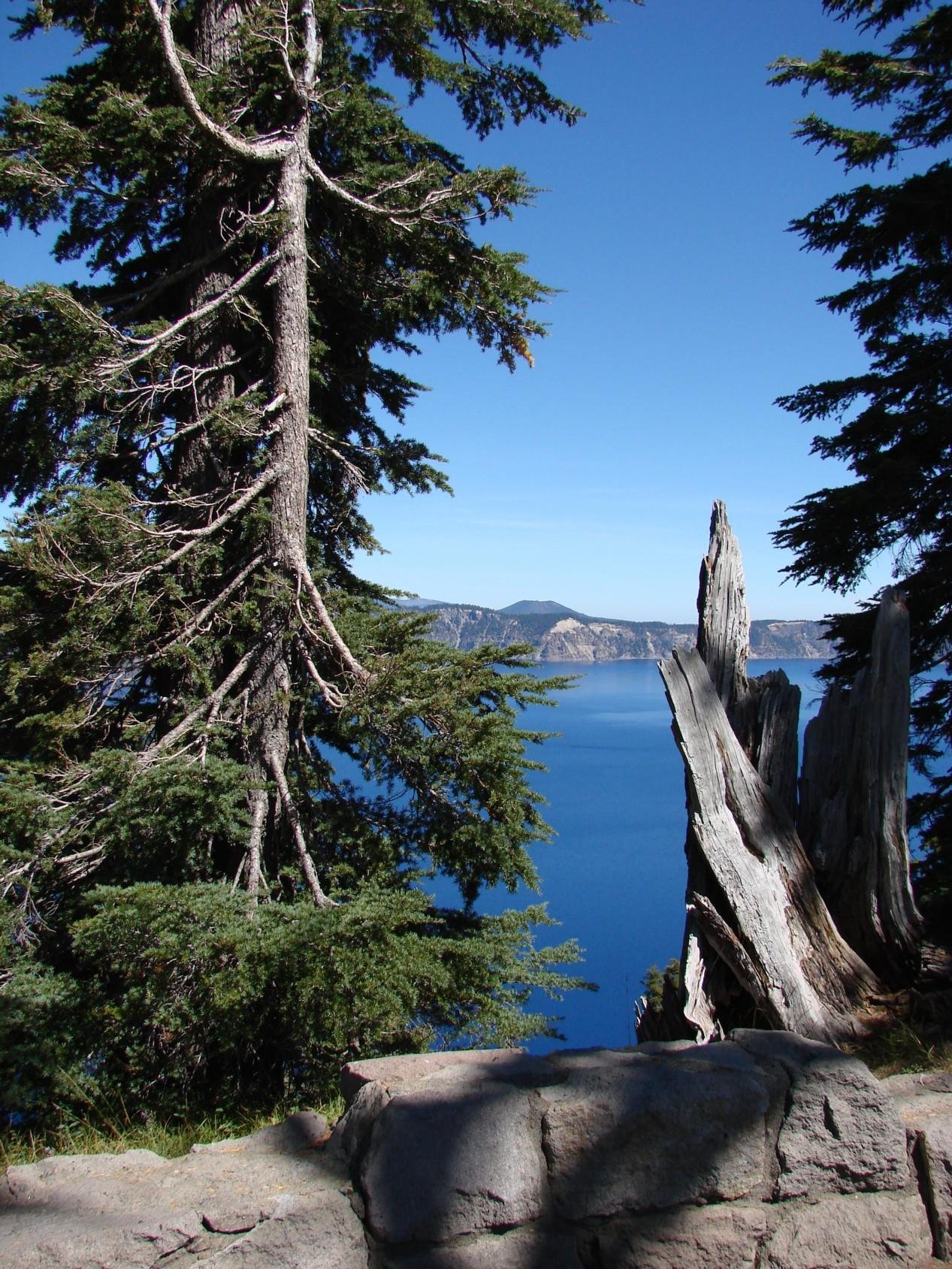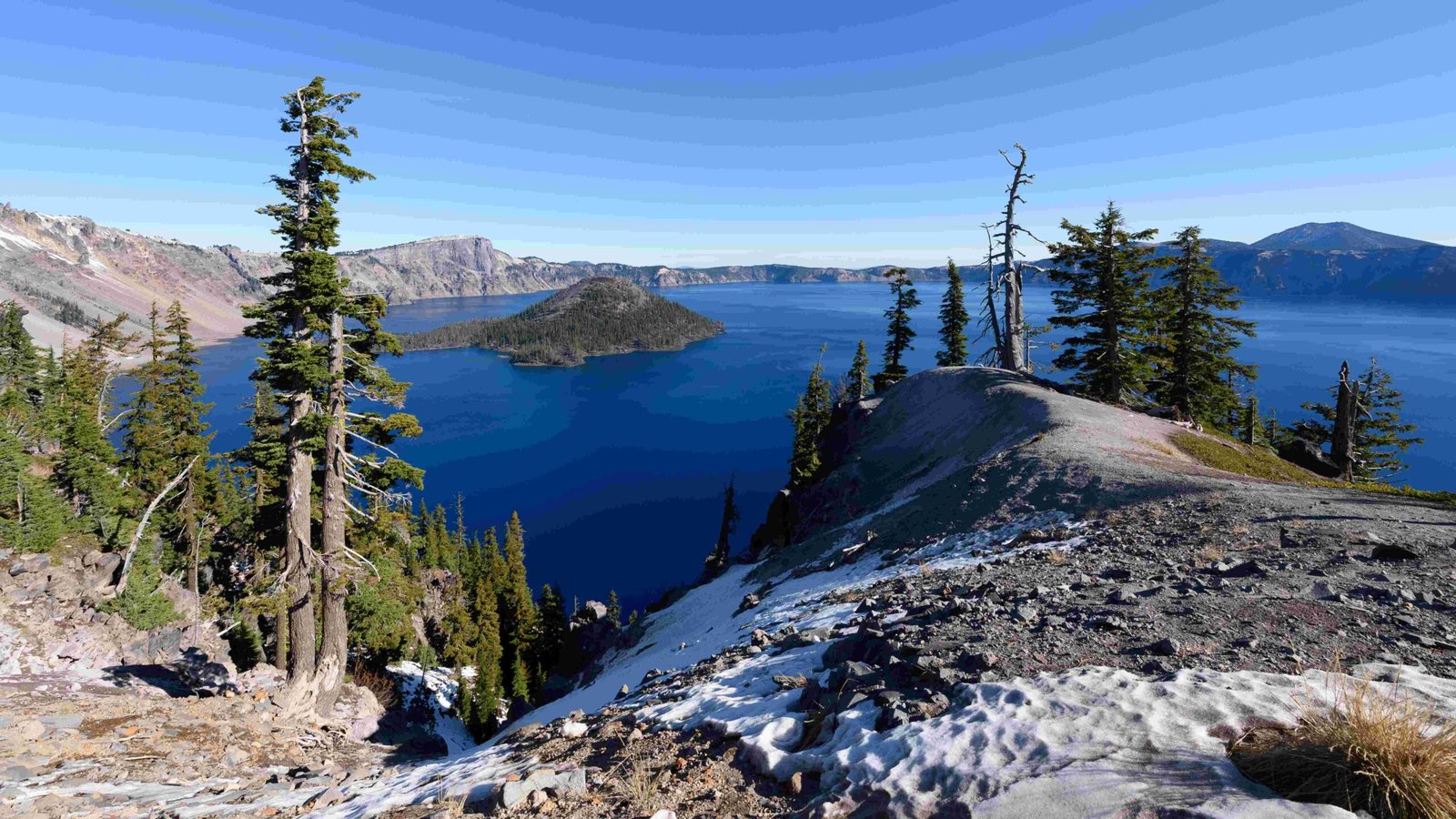Crater Lake is generally safe for visitors, with proper precautions and awareness of potential hazards. The National Park Service maintains strict safety protocols and regularly updates conditions. However, visitors should be prepared for varying weather, wildlife encounters, and natural hazards. Fire danger, weather patterns, and geological stability are key factors affecting safety. The park provides guidelines for hiking, swimming, and interacting with wildlife to ensure a safe experience for all visitors.
What Are the Current Safety Conditions at Crater Lake?

As of the latest updates, Crater Lake National Park is experiencing the following safety conditions:
- Fire Danger: Recently dropped from extreme to high due to increased moisture and cooler temperatures.
- Fire Restrictions: Partial lifting of the fire ban implemented on July 25, 2024. Wood and charcoal fires are still prohibited, but liquid fuel and propane camp stoves are allowed in designated areas.
- Weather: Varied conditions, especially during winter and spring, including heavy snow, poor visibility, and potential road closures.
- Geological Stability: No recent reports of instability issues.
- Water Quality: Generally monitored and maintained by park authorities.
How Can Visitors Ensure Their Safety While Hiking?

To stay safe while hiking in Crater Lake National Park, follow these guidelines:
- Check current trail conditions before setting out.
- Bring appropriate gear:
- Layered clothing for changing weather
- Sturdy, comfortable shoes
- Plenty of water
- First aid kit
- Map and compass
- Stay on designated trails to avoid getting lost and protect the environment.
- Inform someone of your hiking plans and expected return time.
- Be aware of wildlife and maintain a safe distance.
What Are the Safety Protocols for Swimming in Crater Lake?
Swimming in Crater Lake is allowed but comes with specific safety considerations:
- Only swim in designated areas.
- Be aware that the water is extremely cold, even during summer months.
- No swimming is permitted in areas marked as closed or restricted.
- Use caution when entering the water, as the shoreline can be steep and slippery.
- Never dive into the lake, as underwater hazards may exist.
- Children should be closely supervised at all times.
How Should Visitors Handle Wildlife Encounters?
To ensure safety during wildlife encounters:
| Do’s | Don’ts |
|---|---|
| Keep a safe distance | Feed wild animals |
| Observe from afar | Approach or touch wildlife |
| Store food properly | Leave food unattended |
| Use binoculars for viewing | Try to take selfies with animals |
| Report aggressive animals to rangers | Attempt to rescue injured animals |
What Fire Safety Measures Are in Place?
Current fire safety measures at Crater Lake include:
- Partial lifting of the fire ban implemented on July 25, 2024.
- Prohibition of wood and charcoal fires.
- Allowance of liquid fuel and propane camp stoves in designated areas.
- Requirement to fully contain and extinguish all permitted fires after use.
- Regular updates on fire danger levels by park authorities.
What Emergency Services Are Available at Crater Lake?
Emergency services at Crater Lake National Park include:
- Park Rangers: Available for immediate assistance throughout the park.
- Emergency Contact: Dial 911 for urgent situations.
- Response Times: May vary depending on location and weather conditions.
- Medical Assistance: Basic first aid available at visitor centers; serious emergencies may require transport to external facilities.
How Does Weather Affect Safety at Crater Lake?
Weather plays a significant role in visitor safety at Crater Lake:
- Winter and Spring:
- Heavy snowfall can lead to road closures and poor visibility.
- Icy conditions may create hazardous driving and hiking situations.
- Summer:
- Hot, dry, and windy conditions increase wildfire risk.
- Sudden thunderstorms can pose lightning dangers.
- Year-round:
- Rapid weather changes can occur, requiring visitors to be prepared with appropriate clothing and gear.
What Are the Park’s Visitor Guidelines for Safety?
Crater Lake National Park provides the following guidelines to ensure visitor safety:
- Park Hours: Open 24/7 year-round, no reservations required for entry.
- Accessibility: Check the Current Conditions page for seasonal closures due to snow.
- Parking: Adhere to posted signs and regulations to avoid fines or towing.
- Wildlife Awareness: Secure food and trash to prevent attracting animals.
- Fire Safety: Follow current fire restrictions and use only permitted cooking equipment.
- Trail Use: Stay on designated paths and be prepared for varying terrain and weather.
How Can Visitors Stay Informed About Safety Updates?
To stay informed about safety conditions at Crater Lake:
- Check the official Crater Lake National Park website regularly.
- Visit park visitor centers for up-to-date information and safety bulletins.
- Follow Crater Lake National Park’s social media accounts for real-time updates.
- Sign up for text or email alerts if offered by the park service.
- Consult with park rangers about current conditions before embarking on activities.
By following these guidelines and staying informed, visitors can ensure a safe and enjoyable experience at Crater Lake National Park. Remember that conditions can change rapidly, so always be prepared and exercise caution during your visit.
References:
1. Crater Lake National Park Fire Restrictions Lifted
2. Crater Lake National Park Fire Ban 2024
3. Weather Safety Hazards at Crater Lake National Park
4. Crater Lake National Park Current Conditions
5. Crater Lake National Park Plan Your Visit

